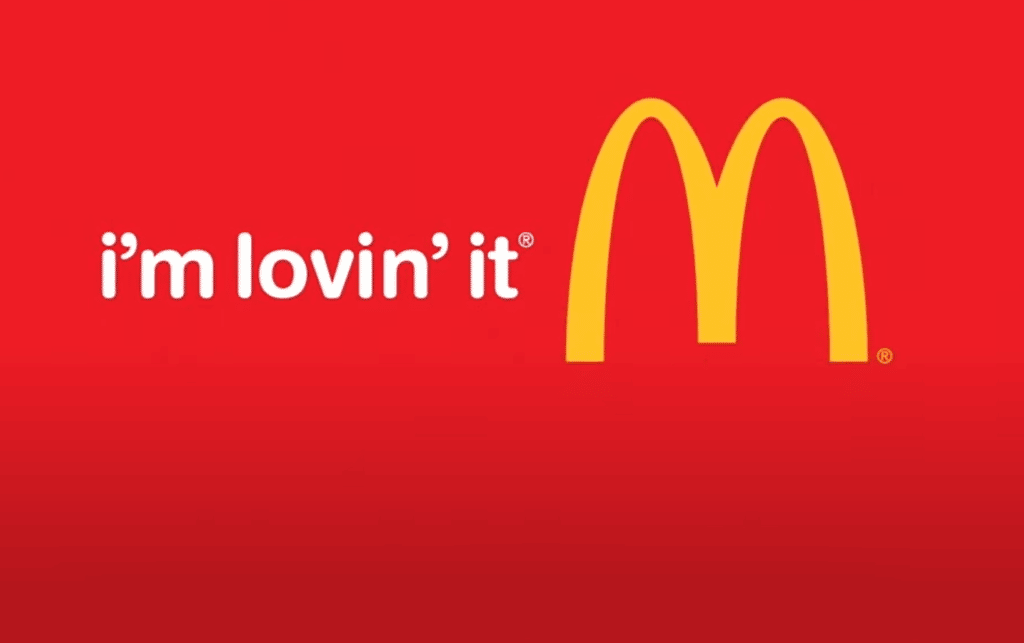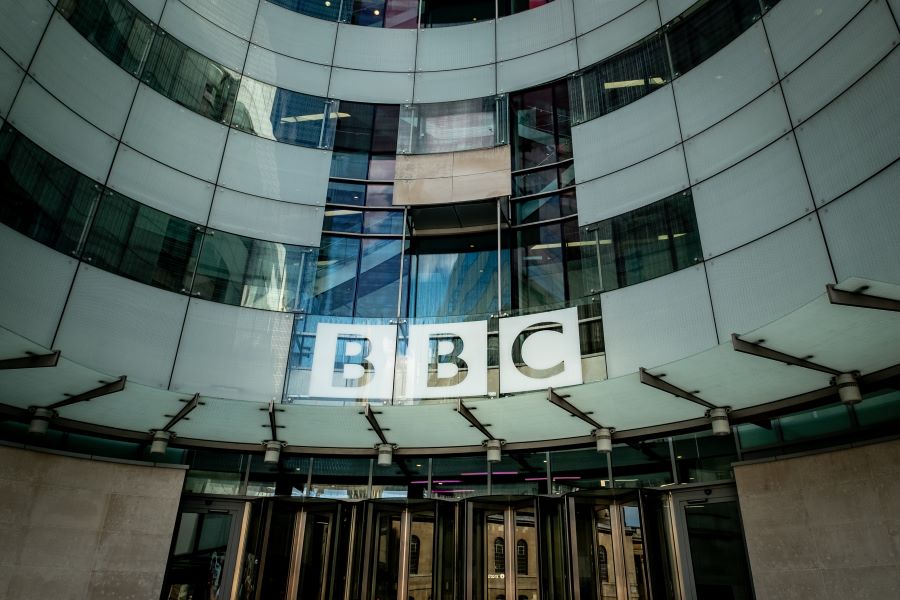
The importance of being consistent

According to Albert Einstein, the definition of insanity is doing the same thing over and over again and expecting a different result. While this is accepted to be true in general, it is contradicted by the benefits that can be accrued by applying a consistent approach to advertising creativity.
In today’s challenging marketplace, it’s more important than ever for brands to stand out and make a lasting impression on existing and prospective customers. One particularly effective way to achieve this in radio advertising is by using consistent creative.
Creative consistency refers to the use of a consistent message, tone, and style across a brand’s advertising efforts in total. This means that every time a consumer hears an ad from a particular brand, they should be able to recognise it as belonging to that brand.
At this point, there is a chance you will be thinking, “But wait, surely consistency is the enemy of creativity? Won’t audiences become bored and stop noticing a brand if its ads all have a similar sound?” The notion that an ad’s creative route has a sell-by-date is not a new one but, nevertheless, it is a frequent topic of conversation in post-campaign wash- ups and marketing meetings. However, recent research from System1 shows that the eternal concern of ad wear-out is nothing more than a myth. An ad’s effectiveness score does not decrease over time. As System1’s Jon Evans puts it, “a good, effective ad remains a good, effective ad.” Consistency in messaging and branding allows your audience to easily identify and remember your ad, while creativity in the execution keeps them listening and engaged.
In support of this, Radiocentre’s Big Audio Datamine meta-analysis of data from 1,000 radio ads measured on Radiocentre’s robust post campaign analysis Radiogauge, revealed that far from eroding an ad’s effectiveness, creative consistency is a key feature of the best-performing campaigns. The data highlights how the campaigns that perform strongest in terms of effectiveness outcomes all benefit from creative executions featuring consistent and distinctive audio brand assets. Eight of the top ten most-effective creative attributes of radio commercials (based on average uplifts generated in ad awareness) relate to the development of consistent audio elements – such as music, voices, straplines, brand characters – perhaps combined in a sonic brand device – and using them consistently within different radio executions and across media (where relevant). On average, ads that use an established creative route or an established sonic brand device achieve an ad awareness uplift rate 11.2% higher than those that don’t.
When the creative construct is consistently branded, listeners are more likely to pay attention to the ad, and the message is more likely to stick in their minds. We know from Radiocentre’s Turning Art into Science report that ads with a consistent creative route are found to be much more effective in creating attentiveness and positive engagement than those which are inconsistent. Familiarity draws the listener in, pricking up their ears and positively engaging them with the ad. More attention is paid to ads with a consistent creative route – people recognise who the advertiser is earlier, creating a context within which they can follow the ad, and process the information contained within, more easily. When we hear the McDonald’s sonic or the voice of Compare the Market’s Alexandr Orlov we immediately know the brand. And it’s certainly worth pointing out that McDonald’s distinctive “I’m Lovin’ It” – ushered in by Justin Timblerlake – is 20 years old; and VCCP created the Meerkats in 2009 and yet neither sound tired or old fashioned.
The evidence is clear: creative consistency in radio advertising is a crucial asset for businesses looking to stand out and make a lasting impression on their audience. By establishing a distinctive brand voice, and using this consistently across all advertising executions, brands can build momentum across their creative campaigns, drive efficiency of communication, and achieve better business outcomes when investing in radio advertising.
Phoebe Ruttle is Senior Insight and Creative Effectiveness Executive at Radiocentre


